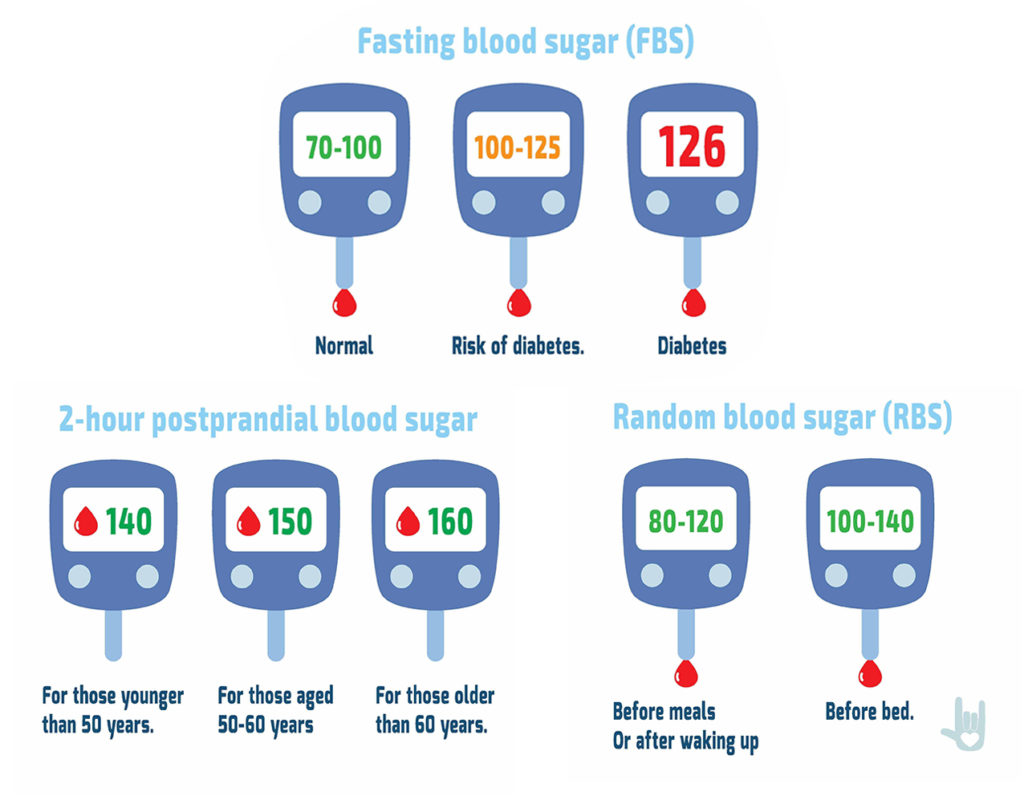Consider what you'll want to live, and I mean simply survive. Food? Water? Air? Facebook? Naturally, I'll be focusing on water on this section. Drinking water is essential to all living things; in a few species, water may are the cause of up to 90 percent with their total body mass. Water accounts for as much as 60% in the adult human bodyweight.
In a survey published from the Journal of Biological Chemistry, H.H. Mitchell learned that the brain and heart are comprised of 73 percent water which the lungs consist of 83 percent water. In addition, the epidermis contains 64 percent water, muscles and kidneys have 79 percent water, and in some cases bones contain 31 percent water.
A specific level of water has to be consumed by people on a regular basis in order to live. It goes without saying that it differs according by using an individual's age and gender, besides where they reside. In general, a grown-up man requires about 3 liters (3.2 quarts) of water every day, while a grown-up female requires approximately 2.2 liters (2.3 quarts) on a daily basis. Because part with the water someone need is found from the food we consume, there's no need for them to get all of these water by drinking liquids.
Water performs a number of vital tasks that keep us all alive and well.
A essential ingredient to the survival of the cell, glucose serves above all as a building element.
It helps to keep our internal body's temperature stable by regulating sweating and respiration.
In order for bodies to work with carbs and proteins as food, water should be digested and delivered with the circulation.
It aids inside the flushing from waste, mostly via urine.
The brain, spine, and fetus all take advantage of the presence in this substance.
creates salivary glands
lubricates joints along with other body parts
According to Dr. Jeffrey Utz, professor of neuroscience and pediatrics at Allegheny University, various everyone has varying proportions of water into their systems. Babies hold the most, about 78 percent coming from all babies being born. By the time the little one is one years old, that percentage has dropped to about 65 percent. Water compensates about 60% in the total number of adult men's bodies. Fat tissue, conversely, will not contain just as much water as lean tissue. Adult for women who live a higher proportion of fat within their bodies than men, causing a body composition that's about 55% water. Thus:
Babies and kids have more water (like a proportion of the body weight) than adults.
Women have much less water than males (being a percentage).
Those who convey more fatty tissue below the knob on water into their bodies than people that have less fatty tissues (like a percentage).
There simply couldn't survive any you, me, or Fido canine if there wasn't an abundant amount of liquid water entirely on the surface from the planet. Water's distinct characteristics and attributes are what distinguish being so essential and fundamental one's. Our bodies have a lot of water of their cells. Because of water's exceptional capability to dissolve many substances, our cells is able to use essential nutrients, minerals, and chemicals from the course of biological processes.
It is known that water's "stickiness" (as a result of surface tension) results in our body's ability to move these materials throughout your body. The carbs and proteins that the body utilize as food are digested and carried over the bloodstream from the water that circulates in your body. No less essential is water's ability to carry waste materials out of our systems and into your environment.
